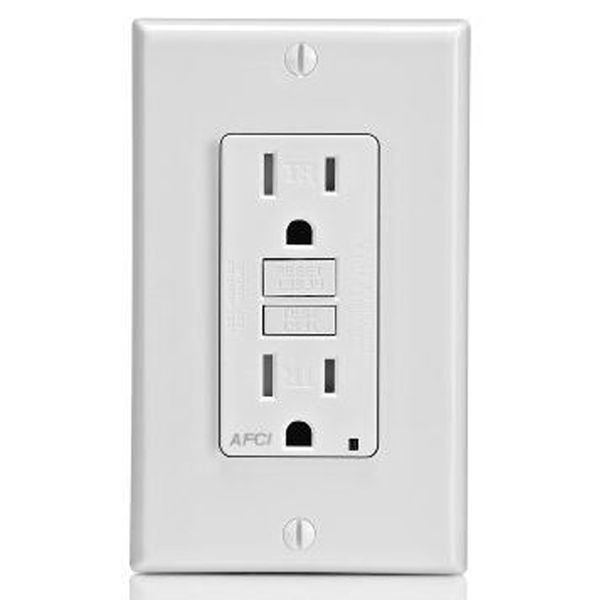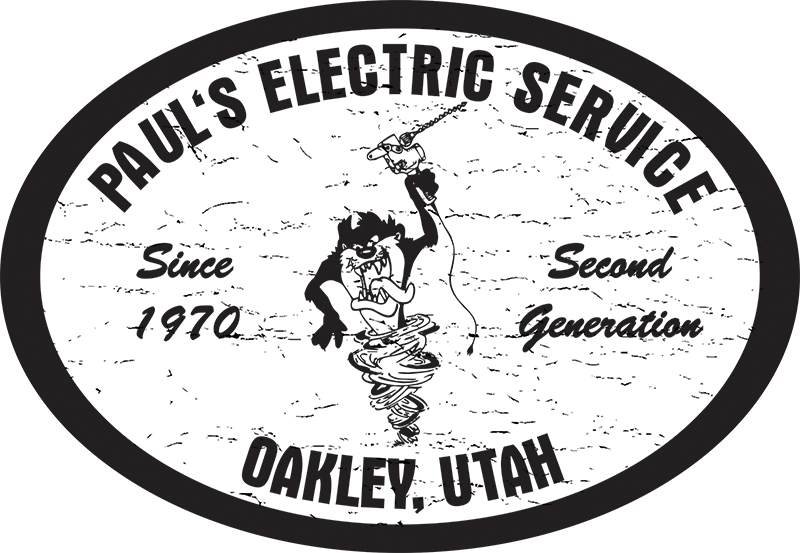Across the U.S. approximately 4,400 people are injured and an additional 400 die each year resulting from electrical hazards annually. Add in electrical fire, and you have what results in an estimated $1.6 billion in property damage each year. Could these accidents have been prevented? When it comes to electrical safety, what you don’t know can hurt you.
Is your home or business missing these crucial electrical safety devices?
GFCI Outlets

GFCI stands for ground fault circuit interrupter. GFCI outlets are required in any areas with an increased risk of shock due to electrical hazards, such as water. In order to protect you from electrical hazards, a GFCI monitors electrical current, turning off an electrical circuit when it detects an imbalance – current flowing along an unintended path. Think of a GFCI as a small, extra-sensitive circuit breaker built right into an outlet to protect you against electrocution – even in outlets that are not grounded. GFCIs are currently required for use in:
- Bathrooms
- Kitchens
- Laundry and utility rooms
- Garages
- Crawlspaces and unfinished basements
- Wet bars
- The exterior of your home/business
- Spa and pool areas
Note: Never use GFCI outlets with refrigerators, freezers, or other appliances, as they could trip without your knowledge.
AFCI Outlets

AFCIs stand for arc-fault circuit interrupters, and they protect you from electrical dangers, but of a different variety – those that create heat via arcing. Examples include a rodent chewing on a wire, driving a nail through a wire, or a device overheating where it is plugged into the wall. AFCIs detect this arcing, shutting down outlets before damage can occur. They are not found in wall receptacles like GFCIs, but instead are easily incorporated into your home or business’ main service panel in the form of specialized circuit breakers. AFCIs are required in:
- Bedrooms
- Any sleeping area: dens, foldout couches, etc.
- Kitchens
- Laundry areas
Do I really need to upgrade my outlets and breakers to GFCI outlets?
Though you may have an older home or business where building codes do not require these outlets, proper home safety does. Regular outlets and circuit breakers are designed to protect the house’s electrical system, not people. With these devices being so easy and inexpensive to install, why wouldn’t you want to protect yourself and others from the unnecessary electrical hazards overlooking them presents?
Recent electrical code updates regarding these devices you may not be aware of:
As of 2014, the National Electric Code (NEC), the nation’s singular code for safe electrical installation, has added the following standards for the safety of your home or business:
- GFCI protection for laundry areasAll 125-volt, single-phase, 15- and 20-ampere receptacles installed in a laundry room now require GFCI protection, whether or not a sink is present.
- GFCI protection for kitchen dishwashersAs dishwashers age, the risk of electrical shock increases, thus the latest requirement for GFCI protection on all dishwashers, whether they use a receptacle outlet or are hardwired in.
- AFCI protection for kitchen and laundry areasAs of 2014, the NEC has recently added kitchen and laundry areas to the list of areas requiring AFCI protection. This includes all 120-volt, single-phase, 15- and 20-ampere branch circuits supplying not just outlets but also devices found in these rooms.
Shocked by how inadequately prepared for electrical hazards your home or business is? Don’t get burned by ignoring the need for these inexpensive, potentially life-saving devices. Contact Paul’s Electric Service today.

